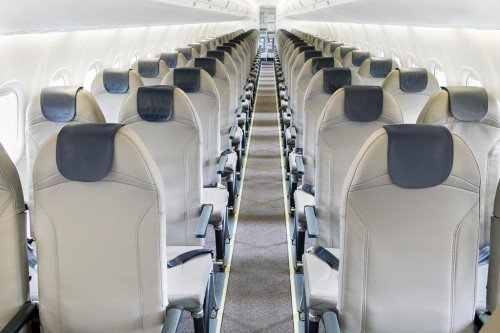
Translation is the process of rendering written or spoken communication from one language into another language. The art of translation has been around for centuries, and it is an essential part of communication across borders. In today's globalized world, where businesses, organizations, and individuals operate in multiple countries and cultures, translation is more important than ever before. And when it comes to translation, there are various modes and techniques used by professionals, including translation in plane.
Translation in plane is a type of simultaneous interpretation in which the translator listens to the source language and simultaneously speaks the translated language, often using equipment such as headphones and microphones. This method is commonly used in situations where real-time communication is necessary, such as in international conferences, courtrooms, and diplomatic meetings.
In this blog post, we will explore the nuances and challenges of translation in plane and discuss its significance in today's world.
The Process of Translation in Plane
As mentioned earlier, translation in plane is a technique used in simultaneous interpretation, where the translator listens to the source language and simultaneously speaks the translated language. This process requires significant training and expertise as it involves not only linguistic skills but also the ability to quickly and accurately convey the meaning and tone of the speaker's message.
The process of translation in plane usually involves the following steps:
-
Preparation: The interpreter prepares for the interpretation by familiarizing themselves with the subject matter, the speakers, and any technical terms or jargon that may be used.
-
Listening: The interpreter listens carefully to the speaker's words, paying attention to their tone, speed, and nuances.
-
Interpreting: The interpreter translates the speaker's words into the target language, often using equipment such as headphones and microphones.
-
Delivery: The interpreter delivers the interpretation in real-time, striving to convey the meaning and tone of the speaker's message as accurately as possible.
Challenges of Translation in Plane
Translation in plane is a challenging task that requires a high degree of skill and expertise. Some of the main challenges that interpreters face during the process include:
-
Accuracy: Interpreters must be able to accurately convey the speaker's message while also accounting for cultural nuances and linguistic differences between the source and target languages.
-
Speed: Interpreters must be able to keep up with the speaker's pace of speech, which can be challenging in fast-paced situations such as in a courtroom or during a live news broadcast.
-
Technical jargon: Many fields, such as medicine, law, and finance, use technical jargon that can be difficult to translate accurately in real-time.
-
Cultural differences: Interpreters must be aware of and sensitive to cultural differences between the source and target languages, as what may be acceptable in one culture may not be in another.
-
Fatigue: Interpreting can be mentally and physically exhausting, especially in situations that require sustained focus and concentration.
Significance of Translation in Plane
Translation in plane plays a crucial role in international communication, allowing individuals and organizations to bridge language and cultural barriers. Some of the main areas where translation in plane is used include:
-
Business: Companies that operate in multiple countries and cultures often use translation in plane to communicate with clients, partners, and employees who speak different languages.
-
Diplomacy: Translation in plane is often used in diplomatic meetings and negotiations, where real-time communication is necessary to build trust and reach agreements.
-
Education: Universities and academic institutions often use translation in plane to facilitate international collaborations and conferences.
-
Healthcare: Interpreters may be used in medical settings to communicate with patients who do not speak the language of the healthcare provider.








